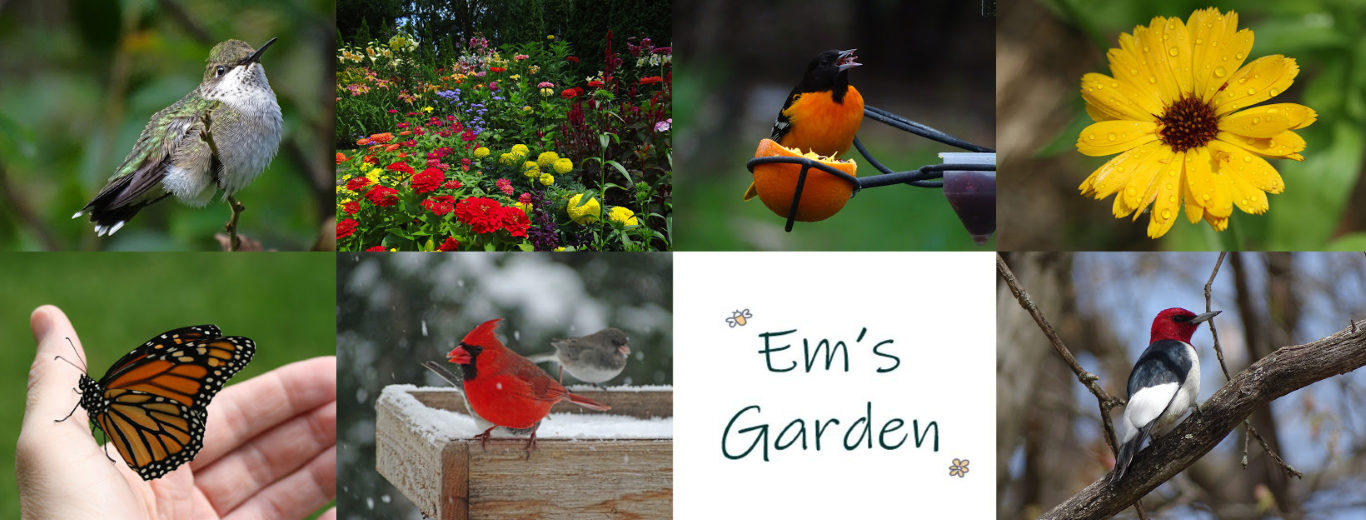
According to the Cornell Lab of Ornithology “the Green Heron is one of the world’s few tool-using bird species. It often creates fishing lures with bread crusts, insects, and feather, dropping them on the surface of the water to entice small fish.”
During the course of our 2-week bird migration adventure, my friend and I saw Green Herons in Middleton and at Horicon Marsh. We spotted all three birds in trees first.

Unlike the bigger Great Blue Herons, Green Herons are only 16 to 18 inches tall (long?). That’s about the size of a crow. This one was staring down a curious Mallard duck who had gotten too close to his fishing spot:

Green Herons eat mostly fish but also insects, spiders, snails and small animals (amphibians, reptiles and rodents).
We watched one wade around in shallow water and then crouch down and sneak forward every time he was about to stab a fish.



In summer these birds can be found in central and eastern U.S. states, and they spent winter along the Gulf Coast, in Florida and in the Caribbean.
